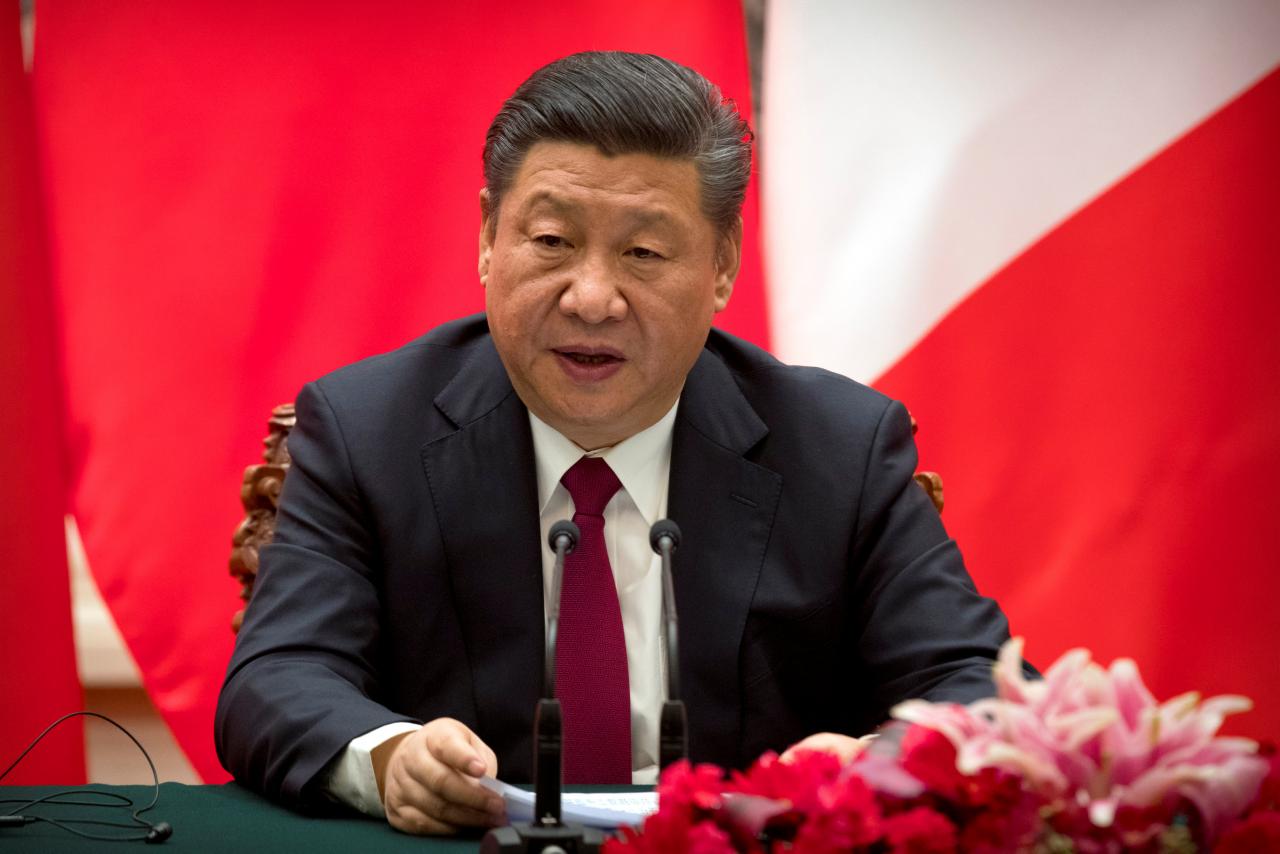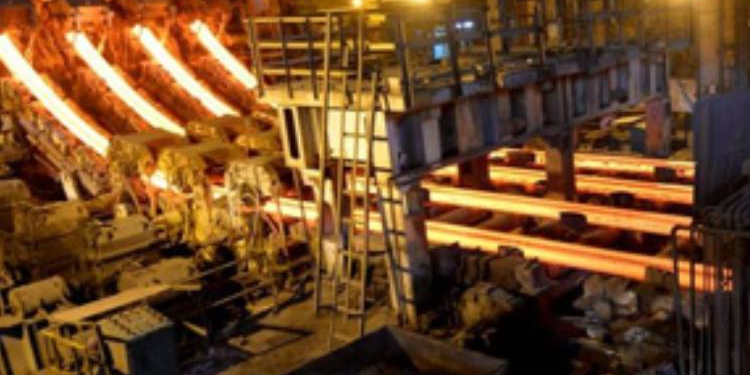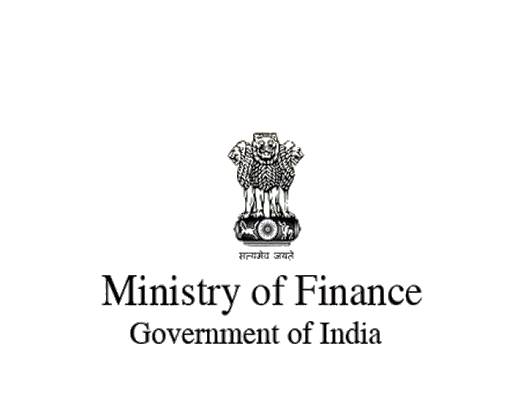China unveils vision for ‘Polar Silk Road’ across Arctic
Sat 27 Jan 2018, 20:24:46

BEIJING — China on Friday outlined its ambitions to extend President Xi Jinping’s signature Belt and Road Initiative to the Arctic by developing shipping lanes opened up by global warming.
Releasing its first official Arctic policy white paper, China said it would encourage enterprises to build infrastructure and conduct commercial trial voyages, paving the way for Arctic shipping routes that would form a “Polar Silk Road”.
The document also said China expects to have a “major role in expanding a network of shipping routes” and noted that “as a result of global warming, the Arctic shipping routes are likely to become important transport routes for international trade.”
“China hopes to work with all parties to build a ‘Polar Silk Road’ through developing the Arctic shipping routes,” the paper, issued by the State Council Infornation Office, said.
China’s ambitions for the Arctic region should not come as a
surprise.
surprise.
In May last year, an academician from a leading Chinese university told a public forum that Beijing is likely to incorporate the Arctic Circle into its new Silk Road trade plan.
“Beijing’s strategy does not stop at belt and road,” Professor Li Xiguang of Tsinghua University said.
“The full name of the strategy will be ‘One Belt, One Road, One Circle’, and the circle refers to the Arctic Circle.”
China, despite being a non-Arctic state, is increasingly active in the polar region.
It defines itself as a “near-Arctic state” and views the region as holding “the inherited wealth of all humankind”, according to China’s State Oceanic Administration.
In 1994, China bought the icebreaker Xuelong, or Snow Dragon, from Ukraine, and has carried out more than a half-dozen research missions in the polar regions, under the auspices of the Chinese Arctic and Antarctic Administration.
No Comments For This Post, Be first to write a Comment.
Most viewed from Business
AIMIM News
Latest Urdu News
Most Viewed
May 26, 2020
Do you think Canada-India relations will improve under New PM Mark Carney?
Latest Videos View All
Like Us
Home
About Us
Advertise With Us
All Polls
Epaper Archives
Privacy Policy
Contact Us
Download Etemaad App
© 2025 Etemaad Daily News, All Rights Reserved.






























